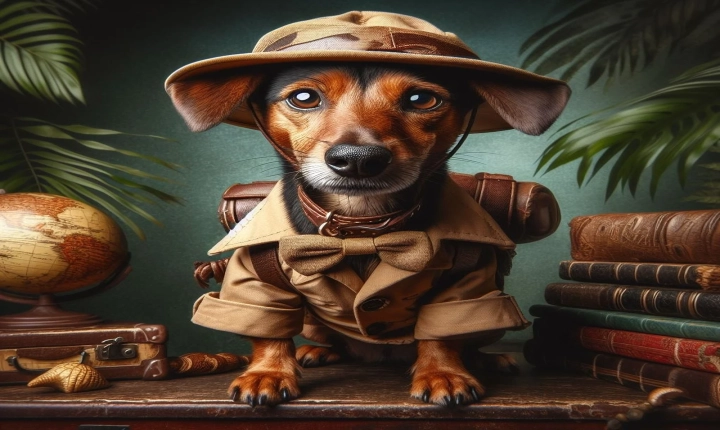Title: Can ChatGPT Detect Images? Exploring the Capabilities of OpenAI’s Language Model
In recent years, OpenAI’s ChatGPT has gained significant attention for its ability to generate human-like responses to various prompts and queries. While its primary function is to process and respond to text-based inputs, many users have wondered if ChatGPT can detect and understand images as well.
Understanding the Limitations of ChatGPT
ChatGPT is a language model that excels at analyzing and generating text-based responses. Its training data consists of vast amounts of text from the internet, enabling it to understand language and generate coherent and contextually relevant responses. However, the model is not inherently designed to interpret or analyze visual content such as images.
Challenges in Image Recognition for ChatGPT
Unlike specialized image recognition models, ChatGPT lacks the underlying architecture and training data specifically geared towards understanding visual information. Image recognition typically requires convolutional neural networks (CNNs) and extensive training on labeled image datasets, which are not part of ChatGPT’s core functionality.
Furthermore, the input format for GPT models is text-based, making it difficult for ChatGPT to directly process images. While some recently developed language models, such as CLIP (Contrastive Language-Image Pretraining), have been designed to understand both text and images, these models employ different architectures and training methodologies from traditional language models like ChatGPT.
Potential for Indirect Image Understanding
While ChatGPT may not directly interpret images, it can indirectly engage with visual content through descriptive prompts and queries. By providing text descriptions or asking questions about specific images, users can potentially elicit meaningful responses that demonstrate an understanding of the visual content.
For example, a user could describe an image using text and ask ChatGPT questions related to the content of the image. In response, ChatGPT may generate text-based descriptions or make inferences about the image based on the provided cues. However, it’s important to note that such responses are based on the model’s internal processing of text and may not reflect direct image understanding.
Future Advancements and Integration
As AI technologies continue to evolve, there is potential for ChatGPT and other language models to develop capabilities for more direct interaction with visual content. OpenAI and other research organizations are actively exploring ways to integrate language and image understanding in unified models, which could lead to advancements in multi-modal AI capabilities.
Additionally, the integration of ChatGPT with external specialized image recognition models or APIs may offer a way to combine text-based interaction with image analysis. By leveraging external tools, ChatGPT could potentially provide more comprehensive responses that include insights from image recognition systems.
Conclusion
While ChatGPT is primarily designed to process and respond to text-based inputs, its capabilities for image understanding are currently limited. The model’s strength lies in language processing, and its ability to interact with visual content is indirect and context-dependent. As AI research progresses, there is potential for further integration of language and image understanding, which could expand ChatGPT’s capabilities in the future.
